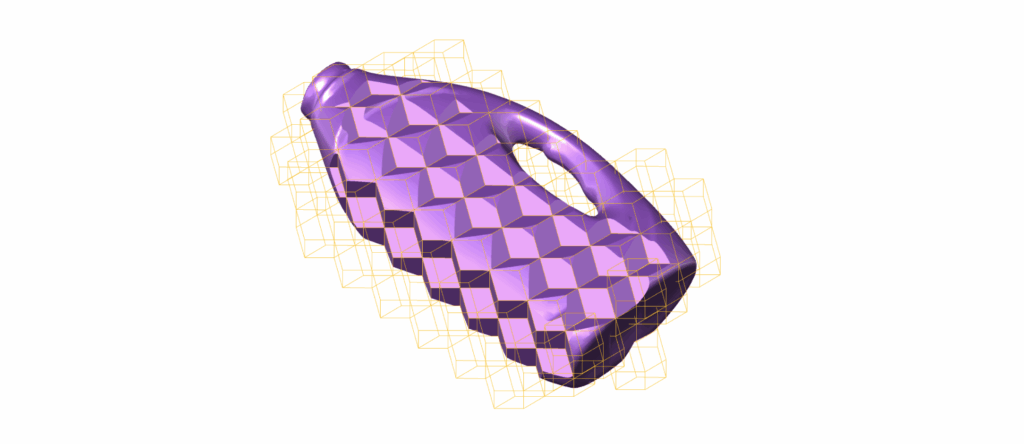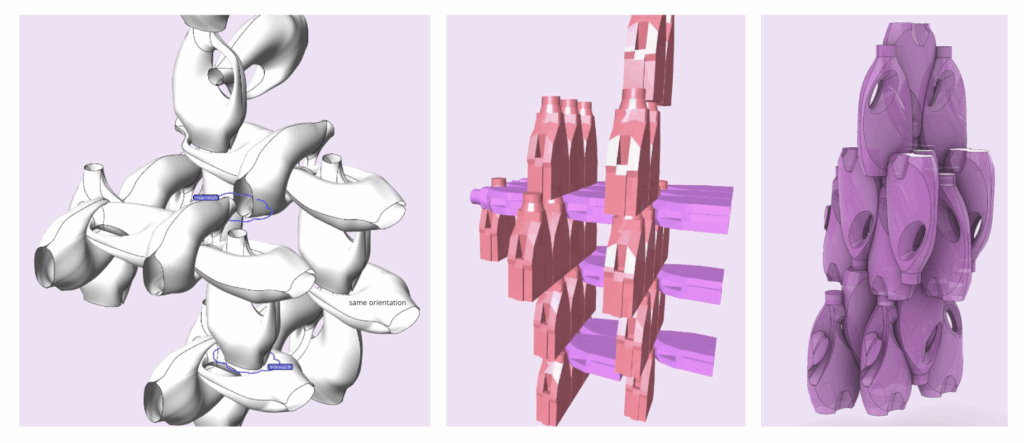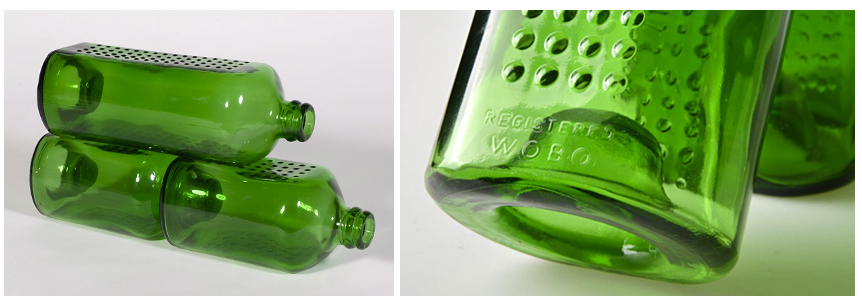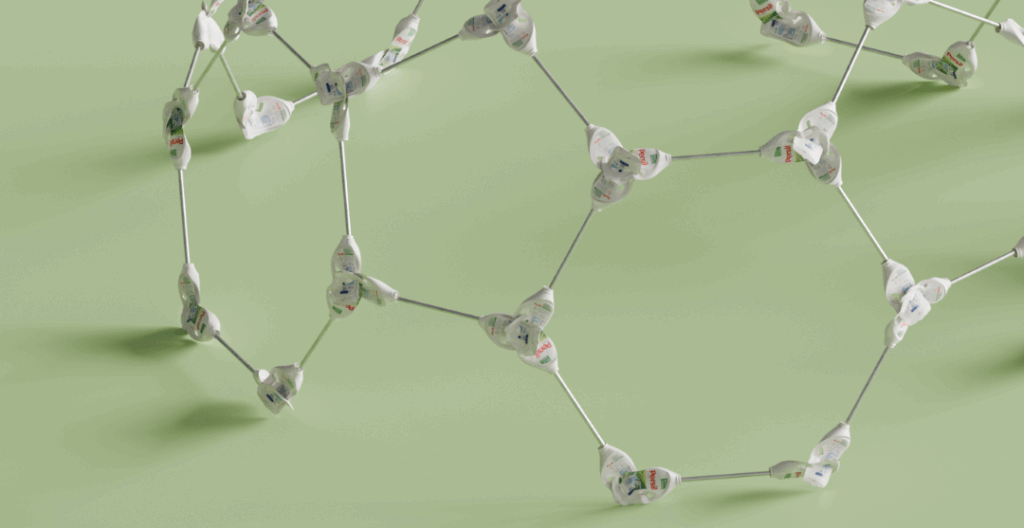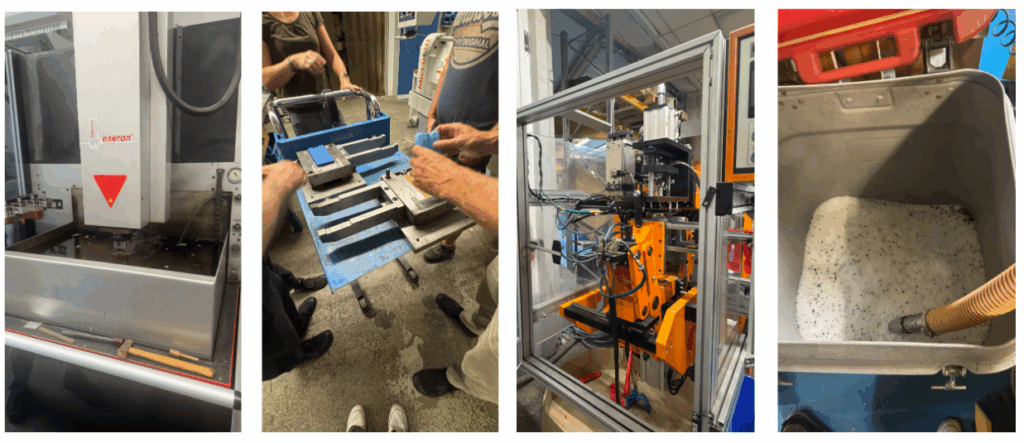
Mid of August, we had the chance to visit Mack. The company is located in Altenmarkt, Austria, just a 30-minute drive from Vienna. Mack specializes in the production of technical plastic components using injection molding and extrusion blow molding, supported by their own in-house mold making.
Continue reading